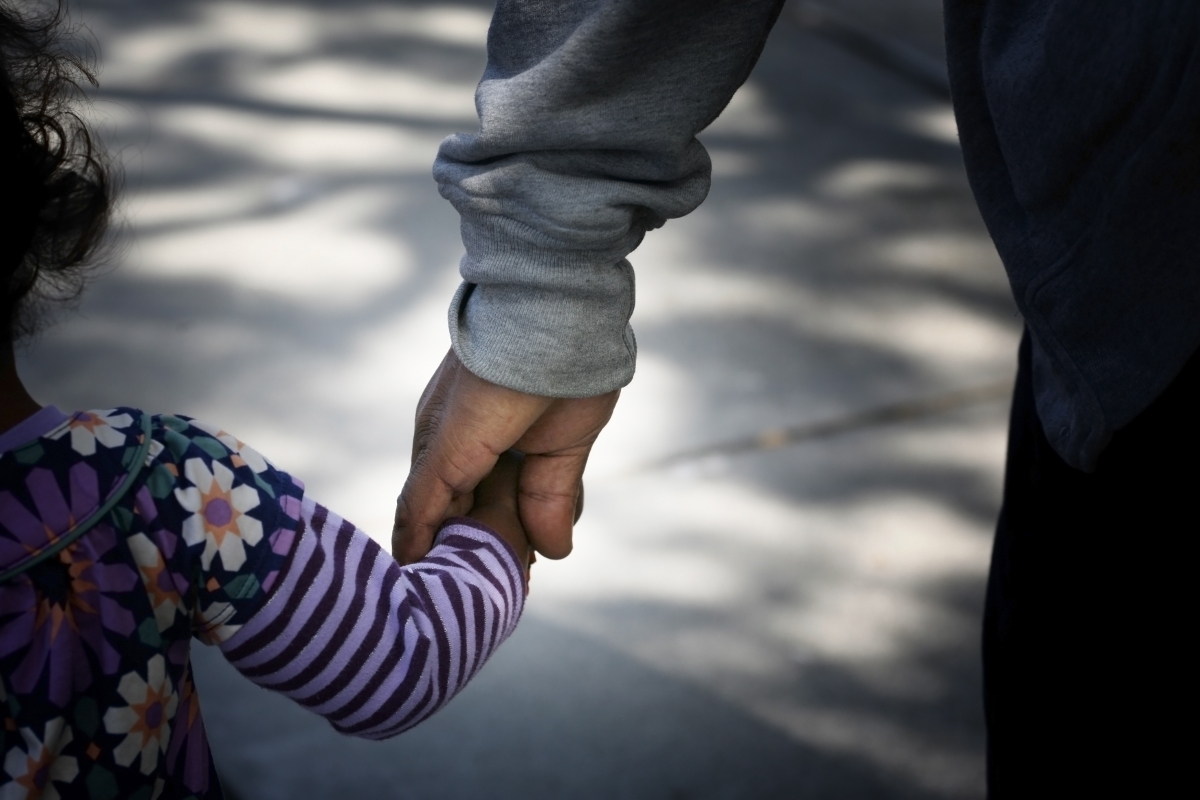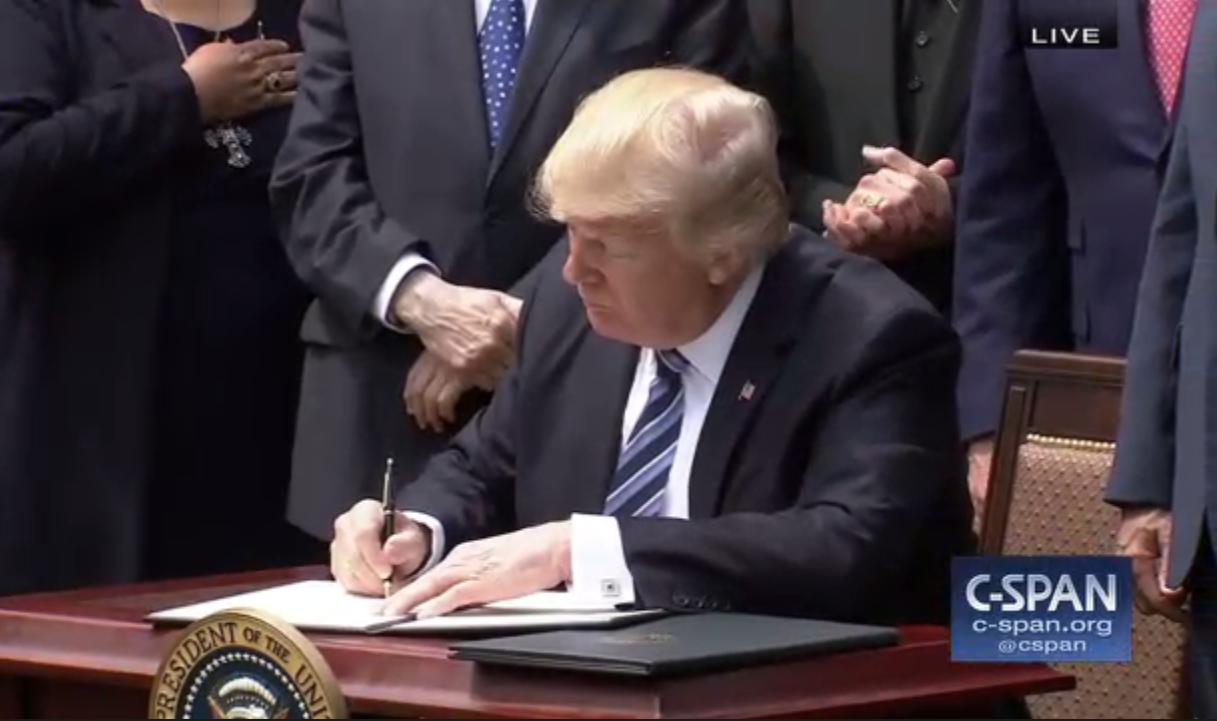Abortion rights, women of color, and LGBTQI+ people are under attack. Pledge to join us in fighting for gender justice.
Three Reasons Why We’re Calling Our Reps to Talk Child Care

 If there’s going to be an increase in funding for child care in next year’s budget, we need to step up and tell our Representatives to make child care a priority. April 6, 2017 is the deadline for members of the House of Representatives to make requests for funding increases in the Fiscal Year 2018 Appropriations bill so now is an important time to speak out.
If there’s going to be an increase in funding for child care in next year’s budget, we need to step up and tell our Representatives to make child care a priority. April 6, 2017 is the deadline for members of the House of Representatives to make requests for funding increases in the Fiscal Year 2018 Appropriations bill so now is an important time to speak out.
Right now, we’re especially concerned about child care funding because the recent White House budget proposal included devastating cuts to the Department of Health and Human Services, the agency that administers the Child Care and Development Block Grant (CCDBG) program, which provides child care assistance to low- and moderate-income families. The cuts could also decimate essential supports for families and children—such as health care, nutrition, housing, education, transportation, and heating—further undermining families’ chances to get ahead and stay ahead.
But, the voices of the people are powerful. We’ve seen it time and time again, most recently in the successful efforts to protect health insurance for millions of Americans. And now is the time to speak up about child care! NWLC, joining with partner organizations including SEIU, NAEYC, Child Care Aware of America, CLASP, NBCDI, ZERO TO THREE, YWCA, NAFCC, Child Care Law Center, ECE Consortium and NICCA, has made this easier to do by organizing a Child Care Call-In Day today. We need to make sure that House members hear why increased child care funding is key to parents and children succeeding.
Here are three reasons why we’re calling our Representatives today to ask for a $1.4 billion increase in funding for CCDBG.
- Research is clear that child care assistance helps mothers get and keep a job which enables them to earn the income so that their children can grow and thrive. Many mothers, particularly those with low incomes, struggle to afford child care without assistance, and without child care, they often find it impossible to work. One study found that single mothers of young children who received help paying for child care were 39 percent more likely to still be employed after two years than single mothers of young children who did not receive any help paying for child care.
- Five out of six children eligible for federal child care assistance do not receive it. CCDBG actually serves 373,000 fewer children than it did in 2006. This isn’t because fewer children need child care assistance—it’s because of insufficient funding. Many states have long waiting lists of families who need help in paying for child care.
- States need new funding to implement essential health and safety protections. Every parent wants their child to be happy and healthy. To help ensure that children stay safe and healthy in child care, Congress approved new health and safety measures and other important reforms when it reauthorized CCDBG in 2014 with strong bipartisan support. Yet Congress did not follow through with the funding necessary to implement the reforms. So now we need Congress to increase funding by $1.4 billion to cover the additional costs of carrying out the reforms and ensure that no more children lose child care assistance.
Join with all of us and call your Representatives today and ask them to prioritize child care in the Fiscal Year 2018 budget by requesting a $1.4 billion increase in CCDBG. Let them know that child care keeps families working and children learning.





